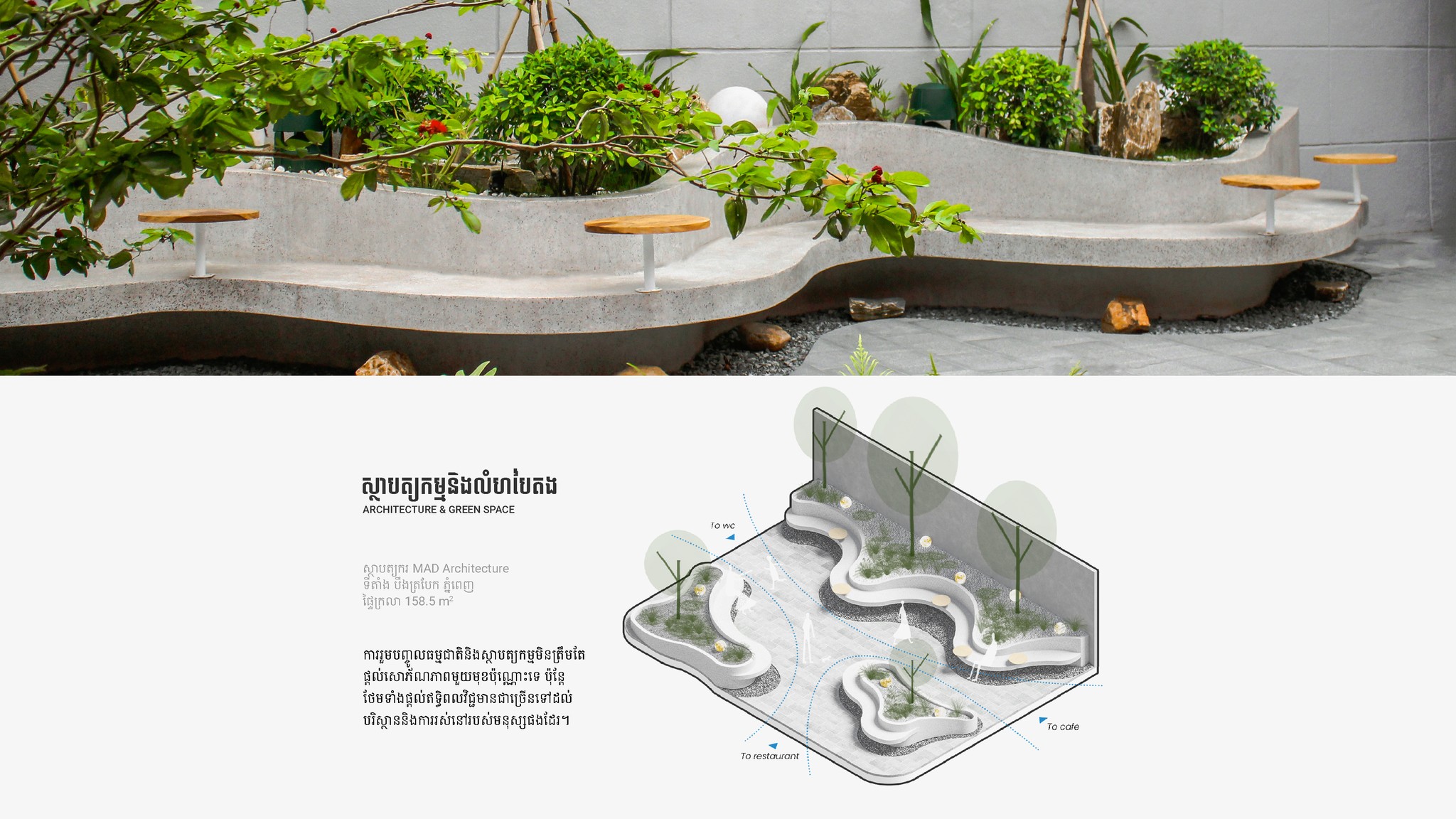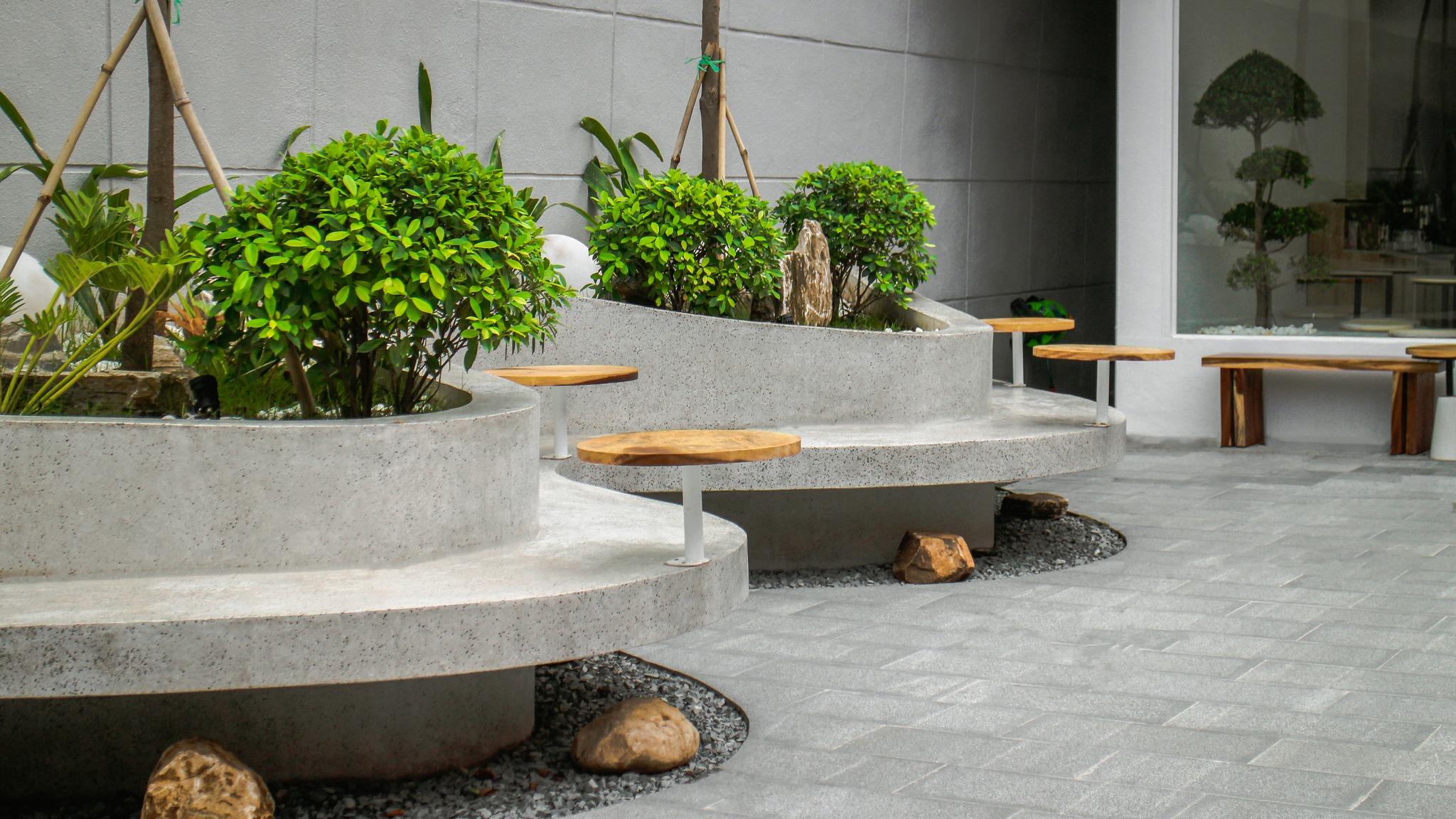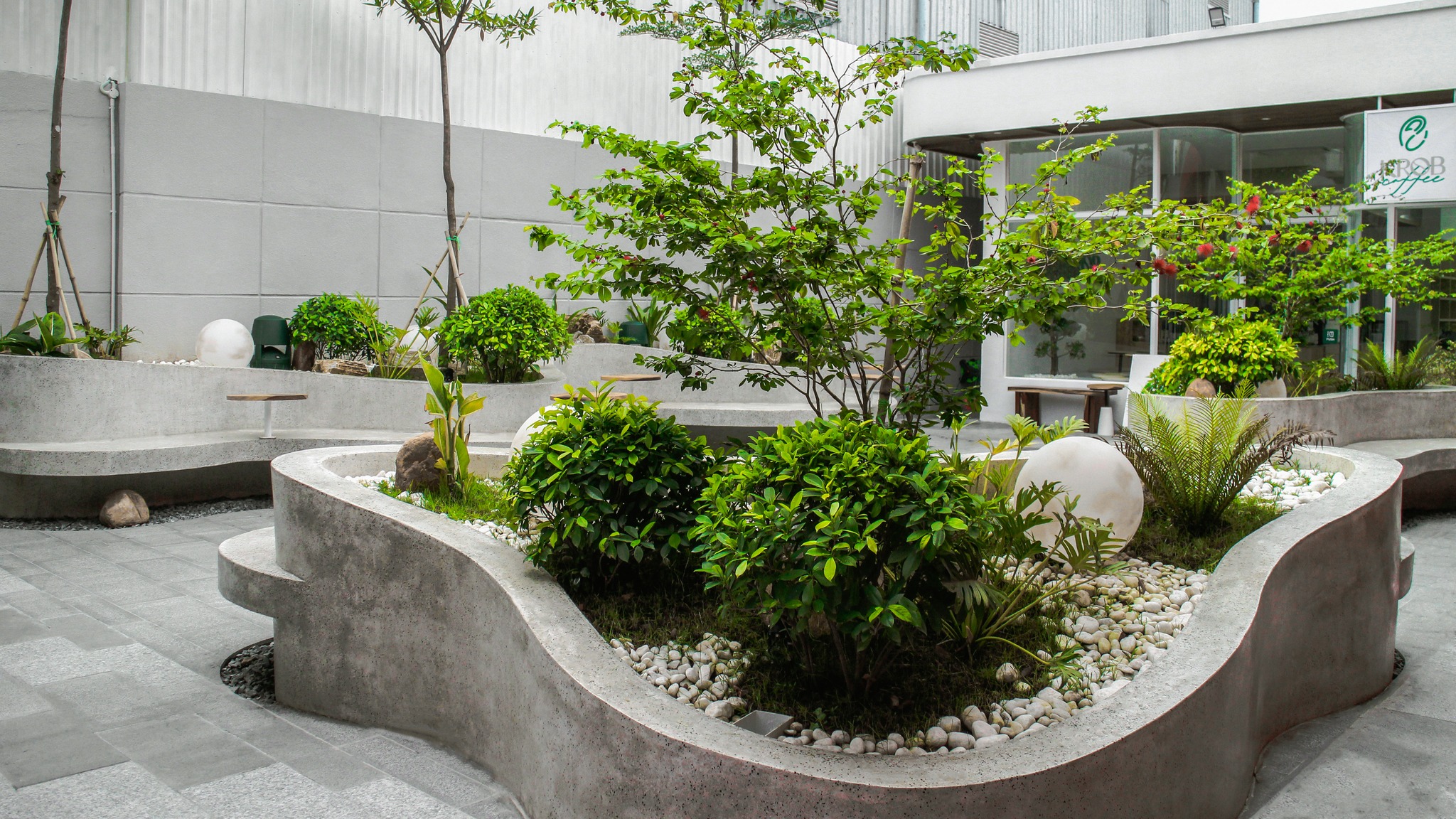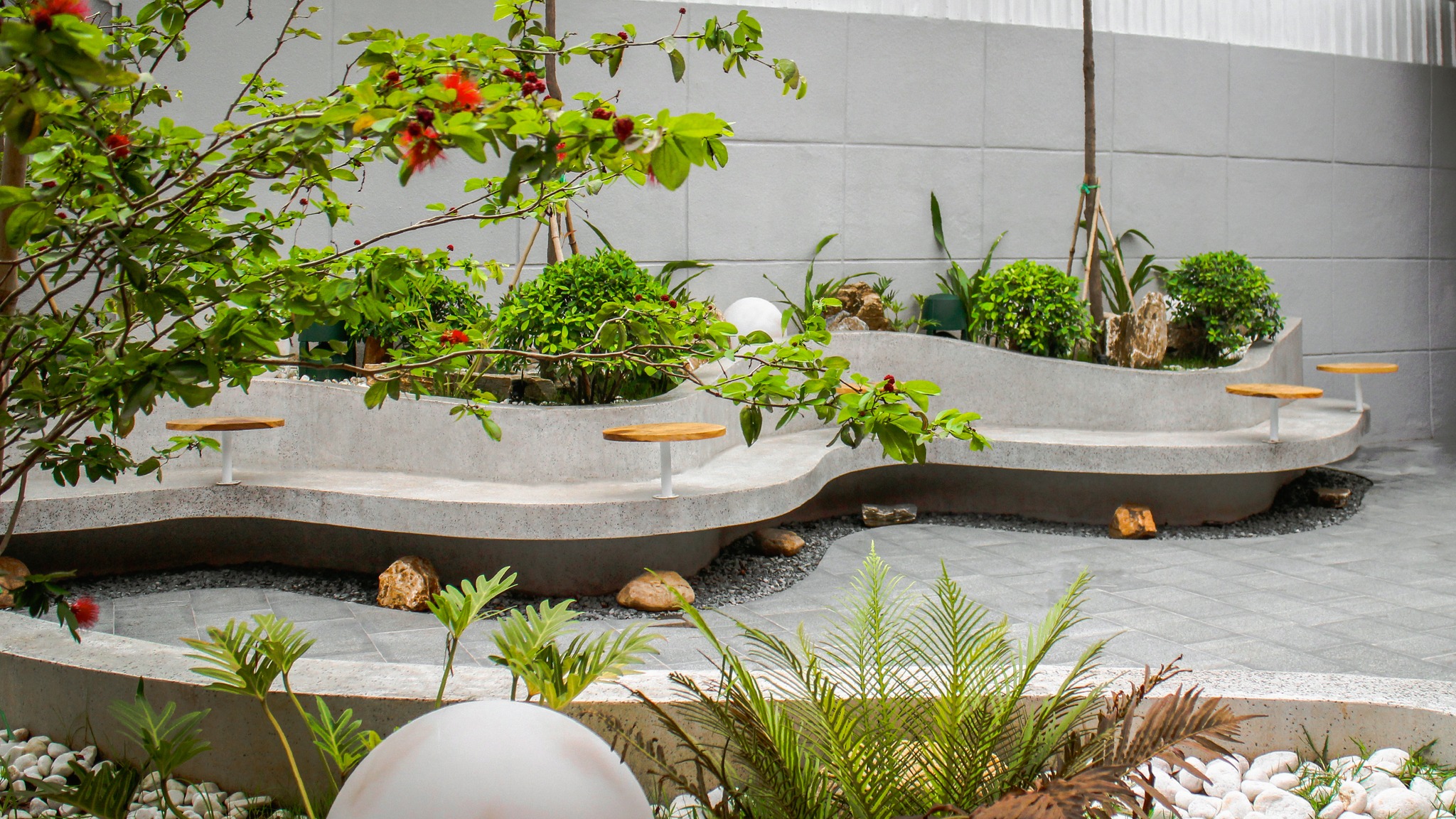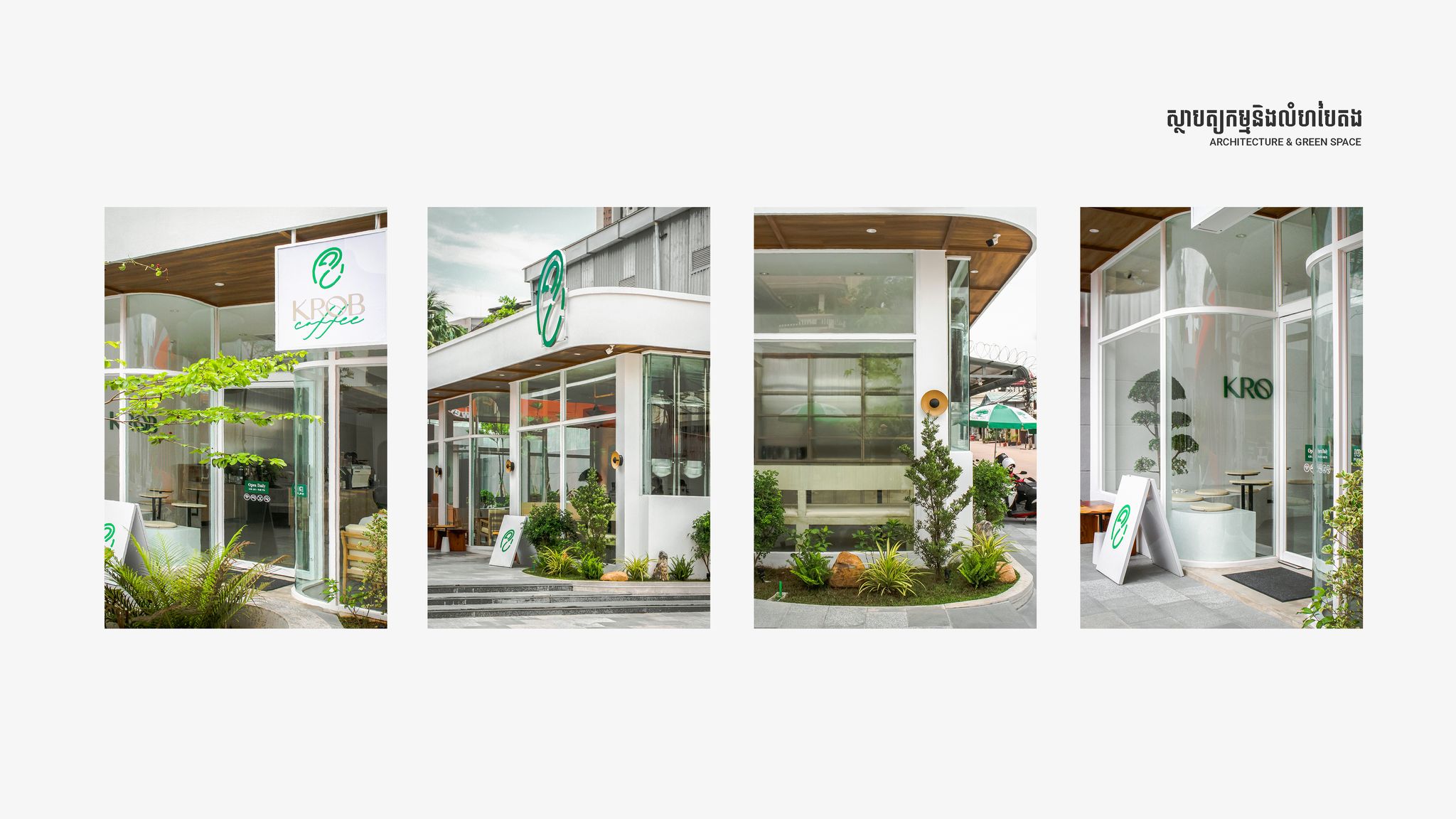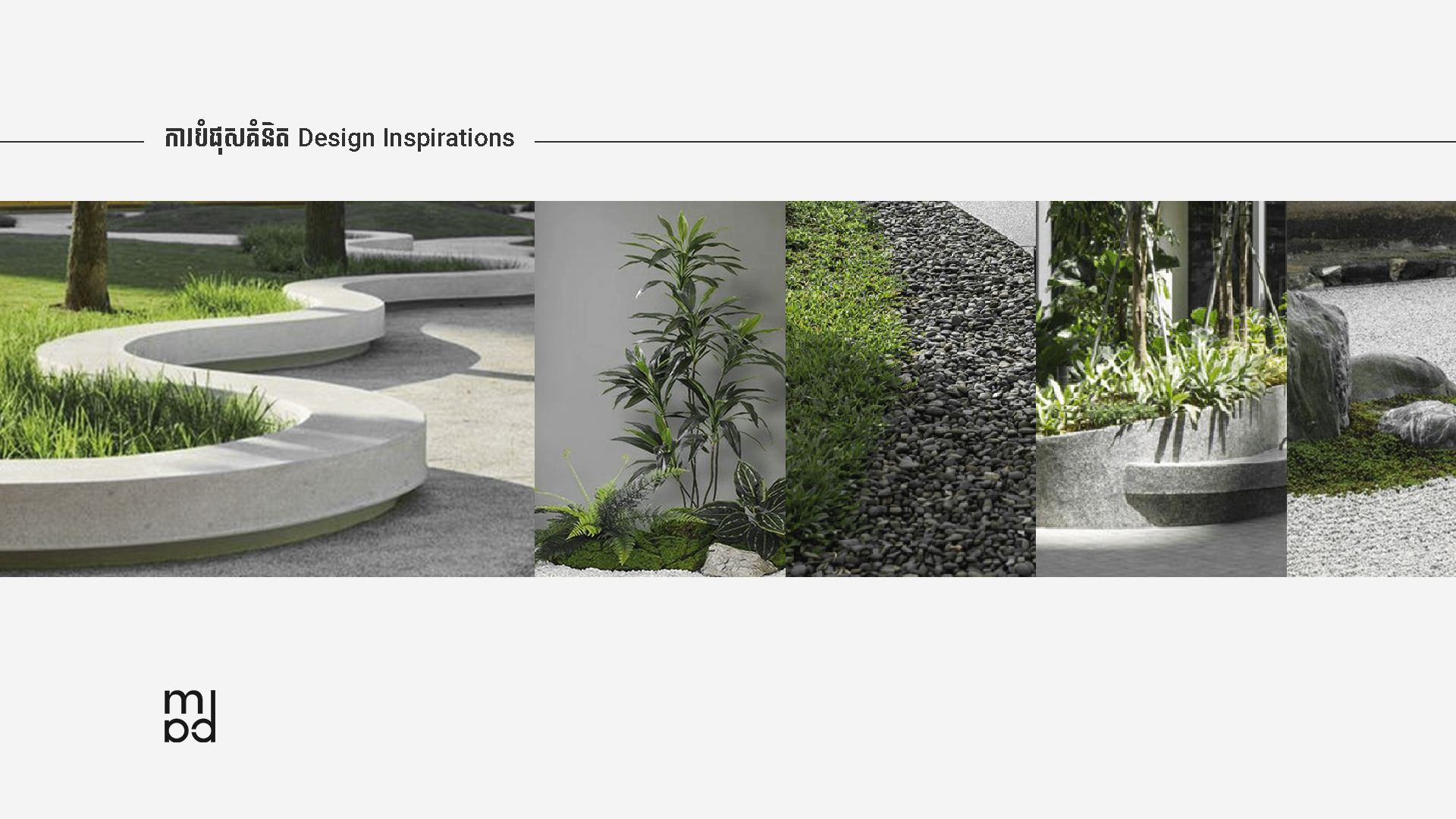
Architecture and Green Space
May 31, 2024
The relationship between architecture and green space is a symbiotic one, where each element enhances and benefits the other.
Integrating nature into the built environment creates not only aesthetically pleasing spaces but also fosters a multitude of positive impacts for both the environment and human well-being including:
Improved Indoor Air Quality: Plants naturally filter pollutants from the air, removing harmful toxins and increasing oxygen levels. This can significantly improve indoor air quality, leading to better health and well-being for building occupants. Studies have shown that exposure to greenery can reduce symptoms of allergies and asthma, improve cognitive function, and boost productivity.
Reduced Noise Pollution: Green spaces act as natural sound barriers, absorbing and dampening noise from traffic, construction, and other urban sources. This can create a more peaceful and tranquil environment within buildings, reducing stress and improving concentration.
Enhanced Thermal Comfort: Trees and vegetation provide shade, reducing the amount of solar heat gain in buildings. This can significantly lower cooling costs and create more comfortable indoor temperatures, especially during hot summer months. Additionally, green spaces can help regulate humidity levels, further improving thermal comfort.
Boosting Creativity and Productivity: Research has indicated that exposure to nature can enhance creativity and productivity. Studies have shown that workers in offices with views of greenery experience increased levels of focus, concentration, and overall well-being. This can lead to improved job performance and increased innovation.
Promoting Social Interaction and Community Building: Green spaces provide opportunities for people to gather, socialize, and build community. Parks, gardens, and other green areas can serve as gathering places for residents, fostering a sense of belonging and connection. This can lead to stronger social bonds and a more vibrant community.
Enhancing Educational Outcomes: Studies have shown that students who attend schools with access to green spaces perform better academically. Exposure to nature can improve attention, memory, and problem-solving skills, leading to improved learning outcomes.
Promoting Physical Activity and Health: Green spaces encourage people to engage in physical activity, whether it be walking, running, cycling, or playing sports. This can lead to improved physical fitness, reduced risk of chronic diseases, and overall better health.
By embracing green space integration, architects can play a crucial role in shaping more sustainable and livable cities for the future. This approach not only benefits the environment but also enhances the quality of life for all residents.
